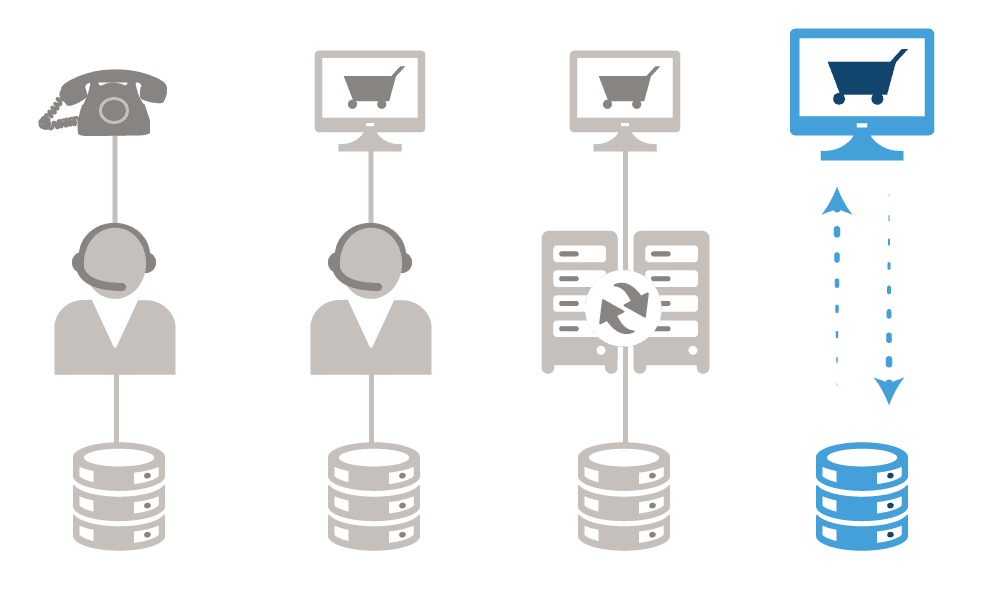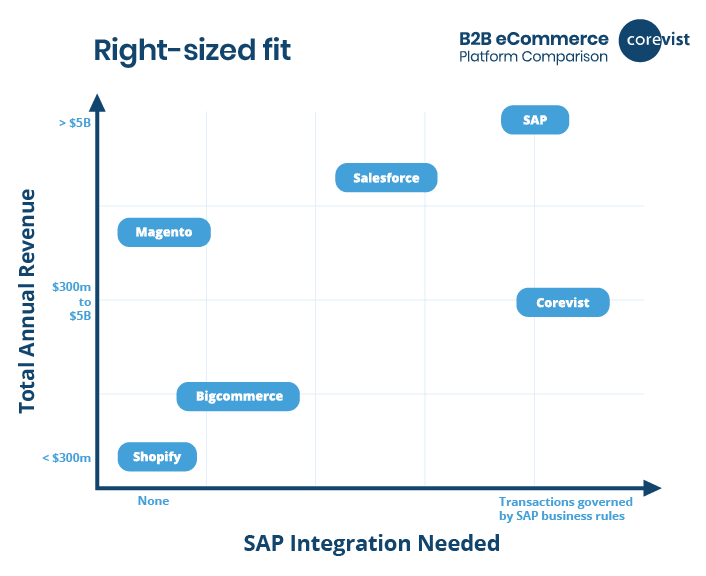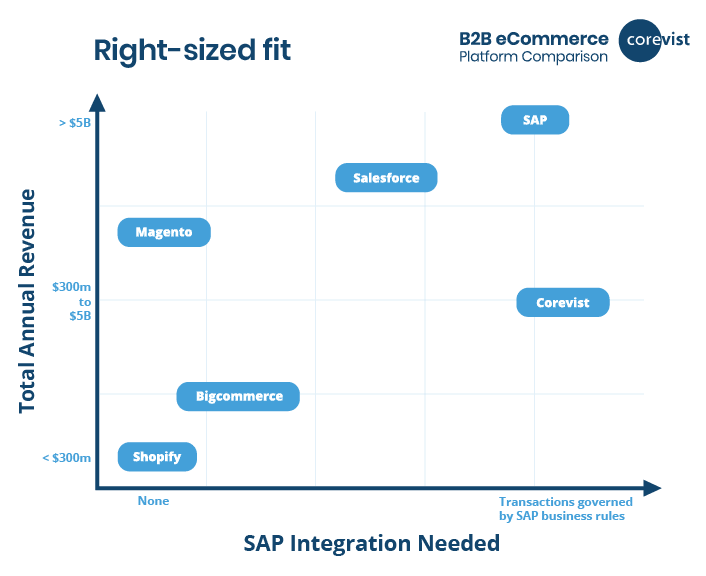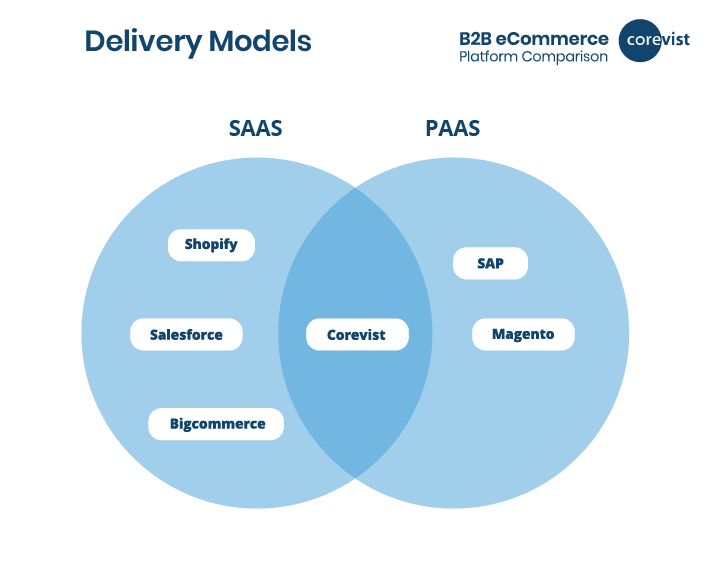WHITE PAPER | Manufacturer Customer Experience
Crafting A Great Customer Experience In Manufacturing
Dealing with the aftermath of COVID-19, evolving buyer preferences, personalized experiences, and more.

How do you craft a great customer experience for dealers & distributors?
This challenge has only grown more difficult in the wake of the COVID-19 pandemic. With an uncertain future ahead, manufacturers are scrambling to shift their customer experience to self-service web portals—or to improve the experience, if they already have a web channel, by rebuilding it around ERP integration.
The world is moving to self-service buying and account management.
The challenge here is to give your dealers & distributors the seamless, self-service experience they need to do business with you, both today and in the future. Here’s our take on crafting a great customer experience for your dealers and distributors.

5 Keys to a Great Customer Experience in Manufacturing:
1. Got a portal already? Identify friction points

What do your dealers & distributors actually want in a customer experience? The answers might surprise you. Over the years, we’ve heard many stories from manufacturers who are figuring out their ideal customer experience:
- If you have a standalone B2B eCommerce platform with beautiful rich content, but no SAP integration, you might be surprised to find that your dealers/distributors need reliable pricing/inventory data more than they need product images.
- If you have a middleware integration between B2B eCommerce and SAP, you might be surprised to learn that out-of-sync data is causing a lackluster customer experience which isn’t worth the high cost of middleware-based architecture.
2. No portal? You may be “hard to buy from”
Which order placement workflow best describes your company?
- Phone/fax/email > Customer Service > SAP
- Standalone web store > Customer Service > SAP
- Web store > Batch synchronization system > SAP
- B2B portal with direct, real-time SAP integration (this is the Corevist way)
If dealers & distributors have to call Customer Service to get price, availability, and other purchase-critical information, you may be “hard to buy from.” In the age of Amazon, buyers expect self-service portals—even when buying from manufacturers. The trick here is the integration to SAP ERP. Without real-time integration, your B2B portal won’t offer any visibility into dynamic contract pricing or product availability. These datapoints (and more) are key to closing the transaction with dealers and distributors.


Since this information lives in your SAP ERP system, and since it’s personalized for each and every account, your B2B web portal must interact with SAP in real time if it’s going to create a great customer experience.
This is the thinking behind the Corevist Platform. It’s a B2B eCommerce solution built on top of a real-time SAP integration. Your dealers & distributors get a 100% personalized experience conformed to their business rules in SAP.
3. Decide how to give customers personalized data from SAP ERP
As we mentioned above, SAP integration is critical to customer experience. If your dealers & distributors can’t get personalized pricing/availability, real-time credit status, order/invoice history, and more, then the B2B web portal is failing them. But what’s the best way to integrate to SAP? It’s not a trivial question. The conventional approach looks something like this:
(Standalone eCommerce platform) + (middleware) + (SAP ERP) = SAP-integrated web portal
Unfortunately, that’s rarely the case. The liability here is twofold: the standalone eCommerce platform, and the middleware solution. Each system will require its own team of IT specialists supporting it, and you’ll have to duplicate all your business rules from SAP ERP in each one. That means lots of personnel, each siloed in their own system.

Ultimately, that drives up the cost of the web channel. It may even threaten the viability of your digital customer experience, as it’s difficult to keep all 3 teams aligned, let alone all 3 systems perfectly synchronized.
A managed B2B eCommerce solution, SAP integration included, is ideal for manufacturers who can’t support a digital customer experience in-house. With one vendor taking care of your entire web channel infrastructure, you can focus on managing your business.
This is the thinking behind the Corevist Platform. Our direct, real-time integration to SAP provides all the personalized features which manufacturers need in a digital customer experience. Your IT team doesn’t take on any new work; instead, they simply continue to maintain SAP as always, and any changes to SAP business rules take effect immediately in your Corevist solution.

4. Map “the Amazon effect” for your customers
eCommerce needs differ among manufacturers. If you’re selling to procurement professionals who prefer to order by SKU number or CSV upload, you may not need an Amazon-style product catalog.
However, in some markets, a catalog with rich content is critical.
In fact, the more specialized the product/market is, generally speaking, the more your dealers & distributors may need a catalog. Product images and videos, descriptions, and supporting documentation—plus product comparison—can all help your buyers choose the right product the first time. This is especially true when buyers aren’t simply reordering a standard list of consumables.
If there’s any decision-making involved in the purchase, your buyers need a catalog.
But different manufacturers need different kinds of catalogs. For example, if you’re selling finished goods or raw materials, a standard Amazon-style eCommerce catalog may be ideal. But if you’re selling replacement/OEM parts associated with other major SKUs, you may need a visual parts selector as your catalog.
The Corevist Platform supports both types of catalog solution.
5. Make sure your portal offers real-time order/account status info
The COVID-19 pandemic has exacerbated a problem which was brewing under the surface for many manufacturers.
In a nutshell, dealers & distributors have no way to get account/order updates—except to contact Customer Service or Sales.
Your buyers can get this kind of information in their personal lives, shopping on Amazon. You can see the status of any order from within your Amazon account.
Your dealers & distributors need this visibility as part of your customer experience—but they need more, too. Since you take orders on account, with net payment terms, buyers need visibility into their real-time credit status, real-time status of all invoices, and full invoice history and open items.
In a perfect world, you would also provide a way to pay down these invoices through self-service. That means an SAP-integrated payments solution which supports your preferred payment methods (e.g. credit/debit card, ACH transfer, eCheck, Paypal, and more). Corevist covers all these aspects of account management when you add payments to the Corevist Platform.
Case Study:

- Agricultural and forestry equipment manufacturer
- 1001-5000 employees
- Needed to transform customer experience with SAP-integrated B2B eCommerce
- IT staff already at capacity



